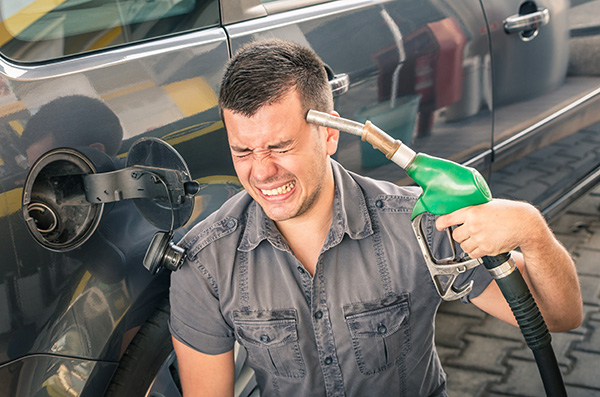 We’ve all been there—watching the fuel gauge hover dangerously close to “E” and wondering if we can squeeze a few more miles out of the tank. While it might seem like no big deal to run low on gas occasionally, driving with low fuel can lead to bigger problems than you might think. Beyond the inconvenience of being stranded on the side of the road, your car’s health can take a serious hit if this becomes a habit.
We’ve all been there—watching the fuel gauge hover dangerously close to “E” and wondering if we can squeeze a few more miles out of the tank. While it might seem like no big deal to run low on gas occasionally, driving with low fuel can lead to bigger problems than you might think. Beyond the inconvenience of being stranded on the side of the road, your car’s health can take a serious hit if this becomes a habit.
The Role of Your Fuel System
To understand why low fuel is an issue, it’s helpful to know what your fuel system does. The fuel pump, housed in the gas tank, pulls fuel through the system to the engine. It’s a critical component, and it’s designed to work efficiently when there’s a steady supply of fuel.
When the tank is nearly empty, the pump has to work harder to pull fuel, which can cause excessive wear and tear. Over time, this extra strain may shorten the pump’s lifespan, leading to expensive repairs.
Sediment and Debris Can Are a Hidden Threat
As fuel sits in your tank, small particles of debris and sediment naturally settle at the bottom. When you’re running low on gas, the pump is forced to pull from this bottom layer, which can clog fuel filters or even damage the pump itself.
These contaminants can also end up in the fuel injectors, disrupting the engine’s performance. It may lead to symptoms like rough idling, reduced power, or poor fuel efficiency—all of which mean a trip to the repair shop.
Low Fuel Affects More Than Just the Pump
Driving on an almost-empty tank can also harm other components of your vehicle. For instance, fuel acts as a coolant for your pump. When the fuel level drops too low, the pump can overheat, which might cause it to fail prematurely.
Consistently running on low fuel can cause air to enter the system. This disrupts the proper fuel-to-air ratio in the engine, leading to misfires and potentially damaging the catalytic converter, which is another costly repair.
The Risk of Running Out Entirely
Running out of gas entirely isn’t just inconvenient—it can be dangerous. Losing power while driving may leave you stranded in hazardous conditions or cause sudden braking issues, especially if you’re navigating heavy traffic or a busy freeway.
On top of that, running out of fuel can trigger a range of mechanical problems. For example, the fuel pump might fail to re-prime itself once you refill the tank, leaving you with a vehicle that still won’t start even after you’ve added gas.
How to Avoid the Risks of Low Fuel
The good news is that avoiding these issues is simple: don’t let your fuel level drop too low. Try to refuel when your tank is about one-quarter full. Not only does this protect your fuel system, but it also ensures you’re prepared for unexpected delays, like traffic jams or long stretches without gas stations.
If you’ve already developed a habit of running on empty, it’s a good idea to have your vehicle checked for any signs of damage. Regular maintenance can catch problems early, saving you time and money in the long run.
Fuel Efficiency Tips to Keep Your Tank Fuller Longer
If you’re concerned about fuel costs, there are ways to stretch each tank without compromising your vehicle’s health. Simple actions like driving at a steady speed, keeping your tires properly inflated, and reducing unnecessary weight in your car can make a noticeable difference.
Planning your routes to avoid traffic and using apps to find the best gas prices in your area can also help you keep your tank topped off without breaking the bank.
Don’t let low fuel issues leave you stranded! Visit B&C Auto Center in San Jose, CA, for expert diagnostics and fuel system maintenance. Call us today to schedule your appointment!